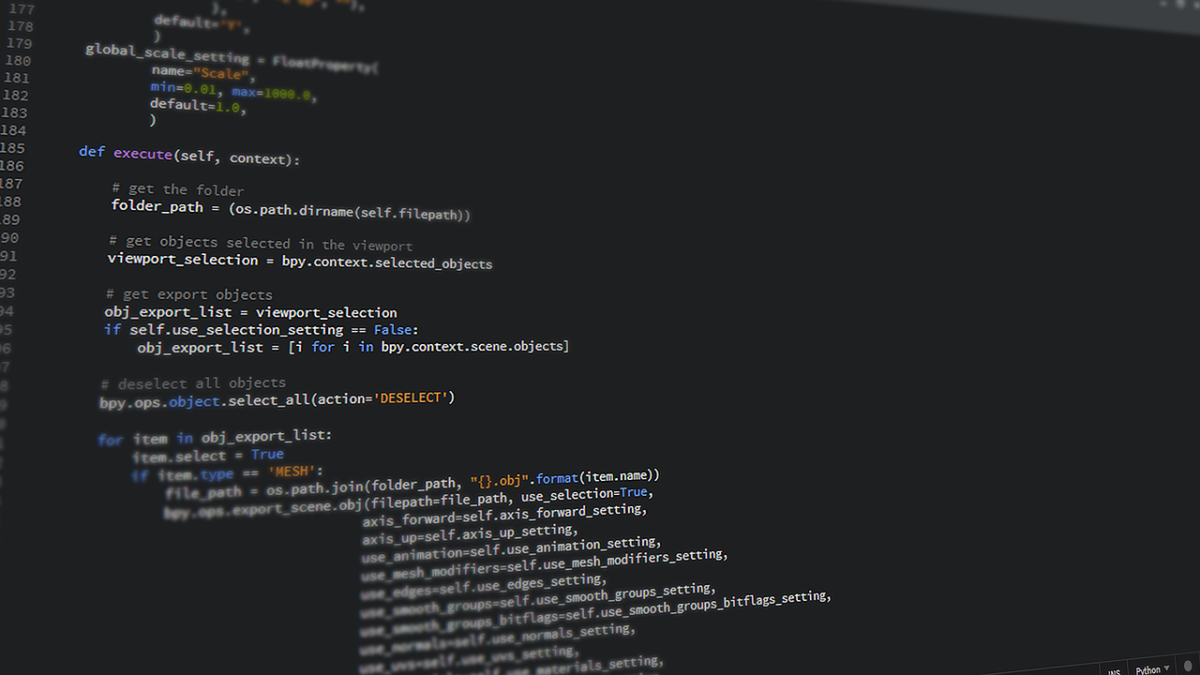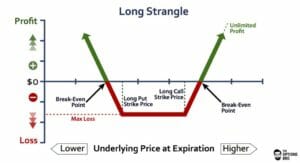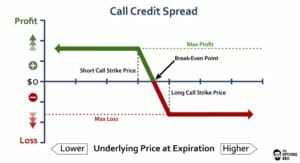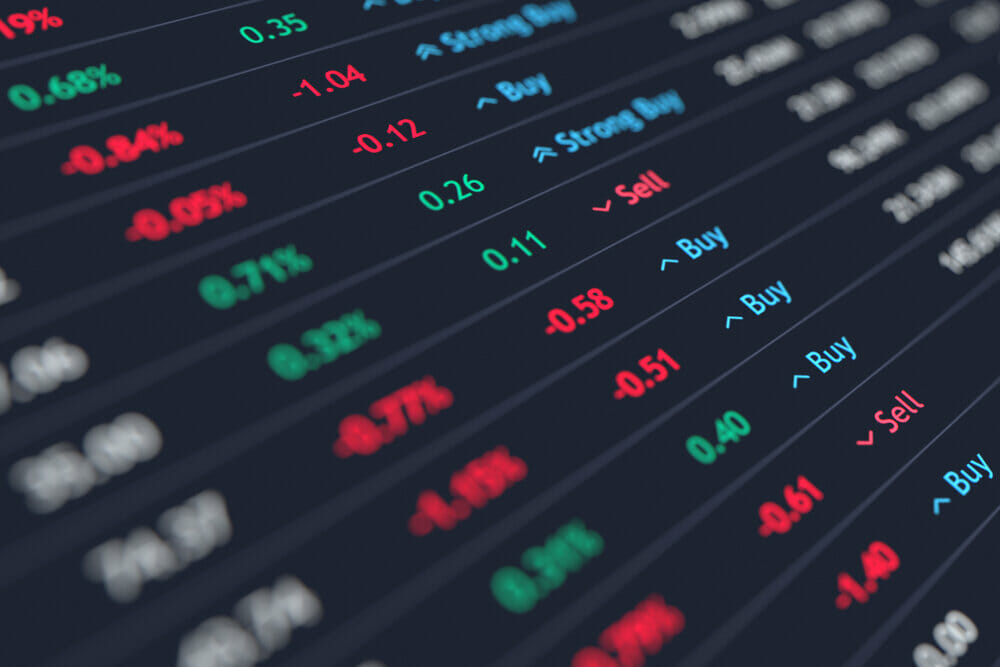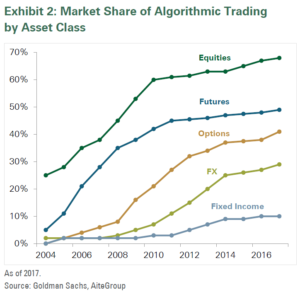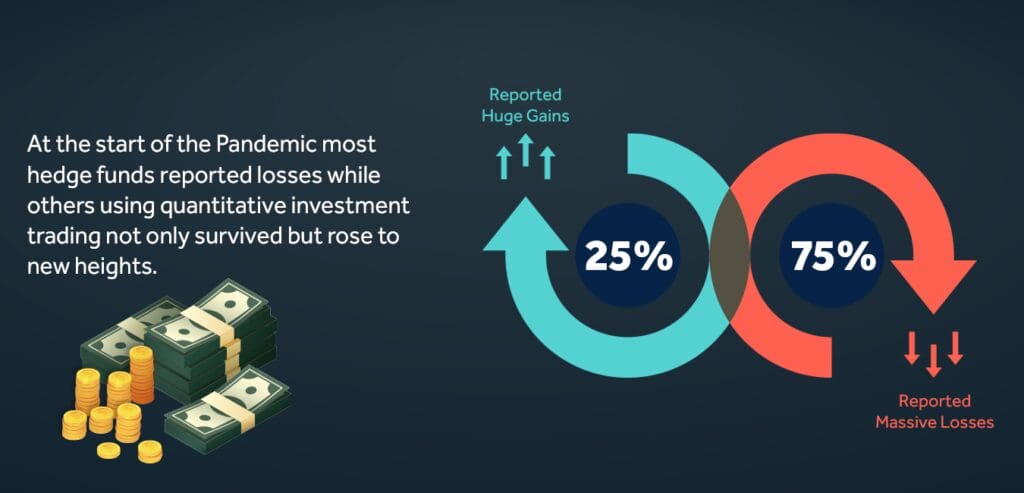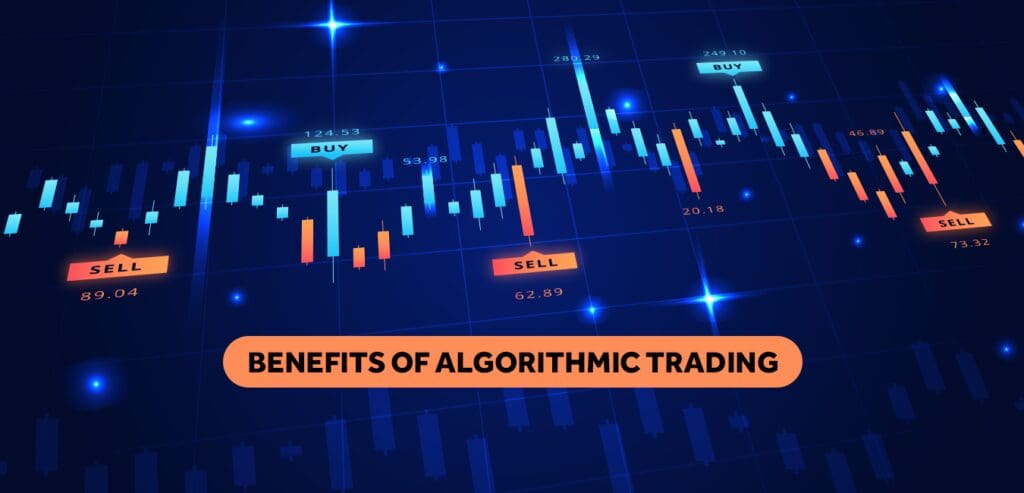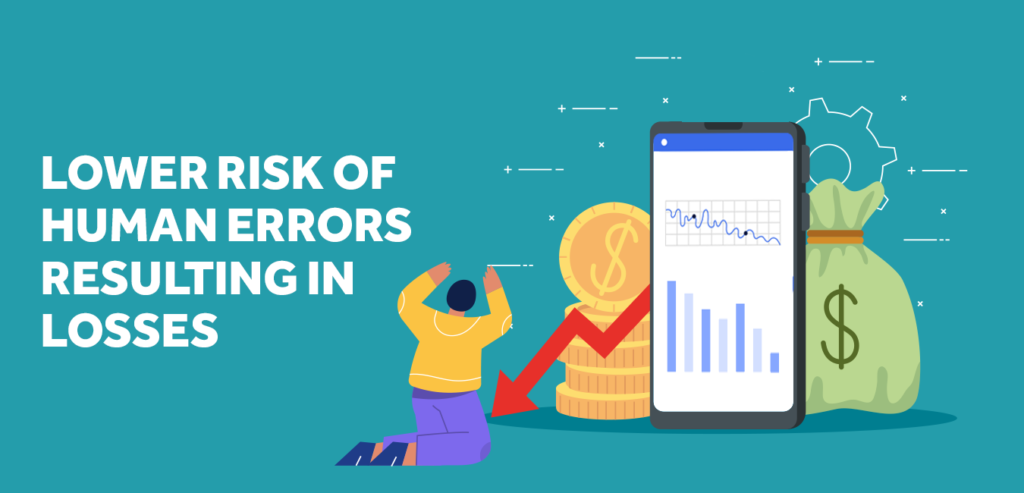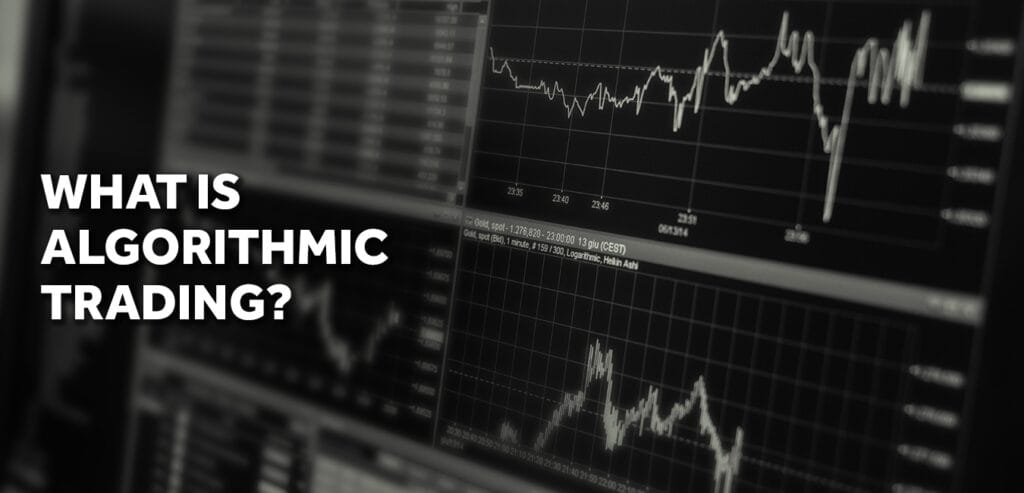
Introduction to Crypto Trading Bots
The world of cryptocurrency has experienced exponential growth in recent years, with more and more people venturing into this exciting digital space. As a result, the demand for effective and efficient tools to navigate the crypto market has been on the rise. One such tool that has gained substantial popularity among traders is the crypto trading bot. These automated software programs have revolutionized the way people trade cryptocurrencies, enabling them to execute trades quickly, accurately, and consistently.
In essence, a trading bot is a computer program designed to execute trades on behalf of its user. It operates based on a set of predefined rules and algorithms, allowing it to analyze market data, identify trading opportunities, and execute trades without any human intervention. This automation not only saves time and effort but also eliminates the possibility of human error, which can often lead to costly mistakes.
The primary goal of using a trading bot is to make a profit. However, to achieve this, traders must first understand the various strategies and techniques employed by these bots. One of the most effective and widely-used strategies is trend following. In this article, we will explore the various aspects of crypto trading bots, their benefits, and how to choose the best one for your needs. We will also delve into trend-following strategies and techniques, which have proven to be highly successful in the crypto market.
Understanding Trend Following Strategies
Trend following is a trading strategy that seeks to capitalize on the momentum of market trends. This approach is based on the belief that markets tend to move in a particular direction for a certain period before reversing. By identifying and following these trends, traders can potentially make significant profits.
The basic concept behind trend following is relatively simple: buy when the price is rising and sell when the price is falling. However, executing this strategy effectively requires a deep understanding of market dynamics, technical analysis, and various indicators that can help identify trends. Some common trend indicators include moving averages, the Relative Strength Index (RSI), and the Moving Average Convergence Divergence (MACD).
In the context of crypto trading bots, trend-following strategies are often employed through a series of algorithms and rules that dictate when to buy and sell based on market data. By automating the trend-following process, trading bots can enable traders to capitalize on market trends with greater accuracy and efficiency than manual trading.
Benefits of Using a Crypto Trading Bot
There are numerous benefits to using a crypto trading bot, especially when it comes to implementing trend-following strategies. Some of the most notable advantages include:
- Time Efficiency: Crypto trading bots operate 24/7, allowing traders to take advantage of trading opportunities at any time, day or night. This is particularly useful for individuals who have limited time to dedicate to trading or those who wish to trade in different time zones.
- Emotionless Trading: One of the biggest challenges that traders face is managing their emotions when making trading decisions. Fear and greed can often lead to poor decisions, resulting in losses. Crypto trading bots eliminate emotions from the equation, ensuring that trades are executed based on logic and data rather than emotional reactions.
- Consistency: A trading bot consistently adheres to its predefined rules and algorithms, leading to more consistent trading results. This is in stark contrast to manual trading, where human error and emotions can often lead to inconsistent outcomes.
- Speed: Trading bots can analyze market data and execute trades at lightning-fast speeds, allowing traders to capitalize on fleeting opportunities that might otherwise be missed.
- Diversification: Crypto trading bots can be programmed to trade multiple cryptocurrencies simultaneously, enabling traders to diversify their portfolios and mitigate risk.
Popular Crypto Trading Bot Techniques
There are several popular techniques employed by crypto trading bots to implement trend following strategies. Some of the most common methods include:
- Moving Average Crossovers: This technique involves using two moving averages – a short-term and a long-term – to generate buy and sell signals. When the short-term moving average crosses above the long-term moving average, it signals a potential upward trend, prompting the bot to buy. Conversely, when the short-term moving average crosses below the long-term moving average, it signals a potential downward trend, prompting the bot to sell.
- Relative Strength Index (RSI): The RSI is a momentum indicator that measures the speed and change of price movements. It can help identify potential trend reversals and overbought or oversold conditions. Trading bots can use RSI values to determine optimal entry and exit points for trades.
- Moving Average Convergence Divergence (MACD): The MACD is a trend-following momentum indicator that shows the relationship between two moving averages of a security’s price. Trading bots can use MACD signals to identify potential trend reversals and generate buy or sell signals accordingly.
- Volume Analysis: Analyzing trading volume can help identify trends and potential trend reversals. Trading bots can use volume data to confirm the strength of a trend or to anticipate potential market shifts.
- Breakout Trading: Breakout trading involves identifying and trading within price channels or ranges. A trading bot can monitor for breakouts above or below these channels and initiate trades accordingly, capitalizing on the momentum of the trend.
Selecting the Best Crypto Trading Bot Platforms
Choosing the right crypto trading bot platform is essential for implementing effective trend following strategies. Some key factors to consider when selecting a platform include:
- Ease of Use: The best crypto trading bot platforms should be user-friendly and easy to navigate, allowing traders to set up and customize their bots with minimal effort.
- Customizability: A good trading bot platform should offer a high level of customization, enabling traders to tailor their bots to their specific trading strategies and preferences.
- Reliability: The platform should have a proven track record of reliability and uptime, ensuring that traders can rely on their bots to execute trades consistently and accurately.
- Security: Given the sensitive nature of trading data, it is crucial to choose a platform that prioritizes security and offers robust protection against potential hacks and data breaches.
- Support: A reputable trading bot platform should offer comprehensive customer support, providing assistance and guidance to traders as needed.
Some popular crypto trading bot platforms that meet these criteria include 3Commas, Cryptohopper, and HaasOnline.
Customizing Your Bitcoin Robot for Maximum Success
To maximize the effectiveness of your trading bot, it is essential to customize its settings and parameters to align with your trading goals and risk tolerance. Some key areas to consider when customizing your bitcoin robot include:
- Trading Strategy: Ensure that your bot is programmed to follow a trend following strategy that aligns with your trading goals and risk tolerance.
- Time Frame: Choose an appropriate time frame for your trading bot, taking into account factors such as market volatility and your desired level of involvement in the trading process.
- Risk Management: Implement risk management measures such as stop-loss and take-profit orders to protect your capital and maximize profits.
- Backtesting: Before deploying your trading bot, it is essential to backtest its performance using historical market data. This can provide valuable insights into the effectiveness of your strategy and help identify any potential areas for improvement.
- Monitoring: Regularly monitor your trading bot’s performance and make any necessary adjustments to its settings and parameters to optimize its performance.
Essential Features of the Best Crypto Trading Bots
When evaluating different crypto trading bots, it is important to look for certain features that can enhance their effectiveness and ease of use. Some essential features to consider include:
- User Interface: The best crypto trading bots should have a clean, intuitive, and user-friendly interface, making it easy for traders to set up and manage their bots.
- Customizability: A good trading bot should allow for a high degree of customization, enabling traders to tailor its settings and parameters to their specific trading strategies and preferences.
- Multiple Exchange Support: The best crypto trading bots should support a wide range of cryptocurrency exchanges, allowing traders to diversify their portfolios and capitalize on opportunities across different platforms.
- Reliability: A reliable trading bot should have a proven track record of uptime and consistent performance, ensuring that traders can depend on it to execute trades accurately and efficiently.
- Security: Given the sensitive nature of trading data, it is crucial to choose a trading bot that prioritizes security and offers robust protection against potential hacks and data breaches.
- Backtesting: The best crypto trading bots should offer comprehensive backtesting capabilities, allowing traders to evaluate their strategies using historical market data and make any necessary adjustments before deploying their bots.
- Customer Support: A reputable trading bot provider should offer responsive and helpful customer support, providing assistance and guidance to traders as needed.
Evaluating Crypto Trading Bot Performance
It is essential to regularly evaluate your crypto trading bot’s performance to ensure that it is effectively implementing your trend following strategy and delivering consistent results. Some key performance indicators to consider include:
- Profitability: Assess the overall profitability of your trading bot, taking into account factors such as trade frequency, winning percentage, and average profit per trade.
- Risk-Reward Ratio: Evaluate the relationship between the potential risk and reward associated with your trading bot’s strategy, ensuring that it aligns with your risk tolerance and trading goals.
- Drawdown: Monitor the maximum drawdown experienced by your trading bot, which represents the largest decrease in your trading account’s value during a specified period. A lower drawdown is generally preferable, as it indicates less risk to your capital.
- Sharpe Ratio: The Sharpe Ratio is a measure of a trading bot’s risk-adjusted performance, taking into account both its return and the level of risk it assumes. A higher Sharpe Ratio is generally desirable, as it indicates a better risk-adjusted return.
- Consistency: Assess the consistency of your trading bot’s performance, looking for any patterns or trends that may indicate potential areas for improvement or adjustments to its settings and parameters.
Crypto Trading Bot Safety and Security
Safety and security are paramount when using crypto trading bots, as the sensitive nature of trading data makes it a prime target for hackers and malicious actors. To protect your trading bot and the assets it manages, it is essential to:
- Choose a Reputable Platform: Select a trading bot platform with a proven track record of security and reliability to minimize the risk of hacks and data breaches.
- Implement Two-Factor Authentication: Enable two-factor authentication (2FA) on your trading bot account and any associated cryptocurrency exchange accounts to add an extra layer of security to your login process.
- Use Strong Passwords: Create strong, unique passwords for your trading bot and exchange accounts, and change them regularly to minimize the risk of unauthorized access.
- Monitor Your Trading Bot: Regularly monitor your trading bot’s activity and performance to quickly identify and address any potential security issues.
- Keep Your Software Updated: Ensure that your trading bot and any associated software are up-to-date with the latest security patches and updates to protect against potential vulnerabilities.
Conclusion: Mastering the Crypto Market with Effective Trading Bot Techniques
In conclusion, mastering the crypto market with effective trading bot techniques is a powerful way to capitalize on market trends and achieve consistent trading success. By understanding trend following strategies, selecting the best crypto trading bot platforms, and customizing your bitcoin robot for maximum success, you can significantly enhance your trading performance and profitability.
As with any investment strategy, it is essential to regularly evaluate your trading bot’s performance, make any necessary adjustments, and prioritize safety and security to protect your assets. By doing so, you can harness the power of crypto trading bots to master the crypto market and achieve your trading goals.




